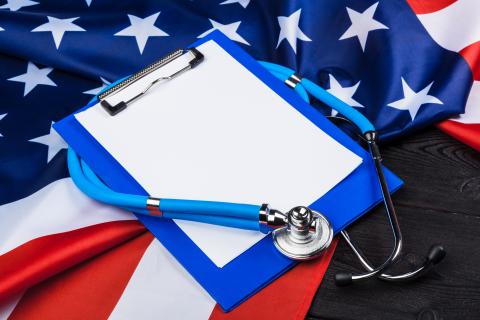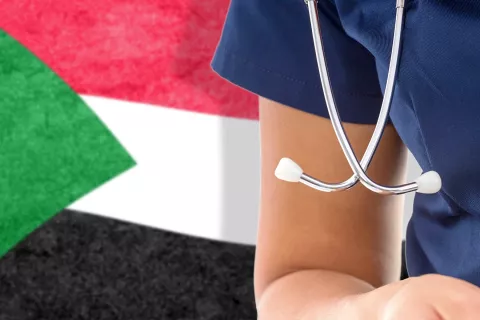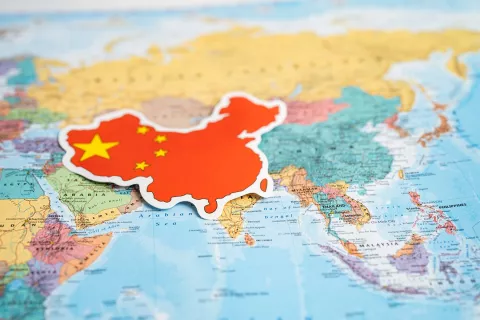The previous blog on the Fast-break Scheme (Part 1) discussed Japan’s conditional early approval system for innovative medical devices, covering four (04) essential steps, the rationale and requirements for the application review process, the eligibility criteria, the application submission process, the MHLW and PMDA’s Regulatory guidelines, the review process, eligibility without pre-development consultation, and the key considerations for describing eligibility summaries.
This blog on the Fast-break Scheme (Part 2) covers key topics related to medical device application and evaluation in Japan, including risk management plans, use-results surveillance, the Pharmaceuticals and Medical Devices Agency (PMDA)’s consultation services, off-label use, and clinical study data of rare diseases. It stresses the importance of Regulatory compliance, guidance-seeking, and resource utilization for ensuring the safety and efficacy of devices.
Procedure for Pre-application Consultation and Application for the Medical Device Approval Process
Consultation on the Necessity of Medical Device Clinical Trials
- To seek approval for a candidate product in Japan without additional clinical studies, the applicant must arrange for a “consultation on the necessity of medical device clinical trials” in accordance with the PMDA’s Regulatory guidelines.
- The consultation aims to clarify the evaluation of available clinical data and the appropriateness of the draft post-marketing Risk Management Plan (RMP) for the product.
- Medical experts may be present during the consultation to provide advice and guidance in the process. The consultation assesses the feasibility of achieving an appropriate risk-benefit assessment based on existing clinical data and the proposed use standards.
- Consideration is given to the seriousness of the target disease(s) and the proposed post-marketing RMP’s provisions for proper use and data collection.
- Under the consultation application form’s field titled “Notes,” the applicant must mention the product’s eligibility for the system and attach the consultation record therewith.
- For applications not involving pre-development consultation, the Ministry of Health, Labour, and Welfare (MHLW) will contact the applicants individually.
Application for the Approval and Review Process
- When applying for medical device product approval, applicants need to include the draft post-marketing RMP with the clinical study results. Mention under the “Notes” field that the candidate product is believed to be eligible for the system, and include the date (code) of the consultation session that you have attended. Take necessary steps to ensure conformity to a Quality Management System (QMS). The audit application can be submitted immediately after the product approval application.
- Applicants should consult the procedure notification and the policy notification for detailed information regarding post-marketing medical device RMPs.
- During the application review process, the adequacy of the post-marketing RMP is assessed, and the safety and efficacy of the product are evaluated based on the assumption that the RMP will be fully and appropriately implemented.
- Products that are eligible for the conditional approval system will generally undergo an assessment of their real-world use results. Once approved, the RMP content will be designated as a condition for approval in accordance with Article 79 of the Act on Pharmaceuticals and Medical Devices, or the PMD Act.
Post-approval Procedure
- As a general principle, the applicant should submit the post-marketing RMP for the candidate medical device to the PMDA at least one (01) month before the desired date of launch. This facilitates the collection of post-marketing information, enables communication with healthcare professionals and patients, and helps implement appropriate measures to ensure the proper use of the medical device and prevent any potential risks to public health.
- If use-results surveillance data is collected from case registries, applicants must ensure that the data is accessible upon request by the MHLW or the PMDA. Moreover, individuals who are responsible for the management and utilization of this data should be designated in advance. This ensures that the relevant authorities can access the necessary data for monitoring the safety and efficacy of the medical device.
- During the use-results surveillance period, applicants must submit annual reports on the gathered data in accordance with Article 23-2-9, Paragraph 6 of the PMDA’s Regulatory guidelines. They should also share the latest reporting information with physicians who are using medical devices.
- For further details, refer to related ministerial notifications, such as “Handling of Use-results Evaluation Related to Manufacturing/Marketing Approval of Medical Device and In Vitro Diagnostic Products (PFSB/MDRMPE Notification No. 1121-44, Dated November 21, 2014).”
- If an applicant wants to modify the post-marketing RMP content, including the standards for device use, and expand facilities based on the use-results assessment data, malfunction trends, and post-marketing use data, they might have to undergo a prior consultation with the PMDA to ensure that the proposed changes are in line with the Regulatory requirements.
- Applicants are encouraged to utilize the consultation services provided by the PMDA when developing plans for the collection and utilization of post-marketing surveillance data. This ensures that the data collected through use-results surveillance, post-marketing clinical studies, and registries for medical devices eligible for this system can effectively support the review of post-marketing risk management. Seeking consultation from the PMDA helps you align your plans with the Regulatory requirements and best practices.
Additional Points to Consider
- If the provisions outlined under the “Treatment of Off-label Use of Medical Devices by Physicians (HPB/RDD Notification No. 0522001 and PFSB/ELD Notification No. 0522001, Dated May 22, 2006)” notification is applicable, it may be appropriate to apply for approval without utilizing the system.
In such situations, applicants should arrange for individual consultation with the Evaluation and Licensing Division of the Pharmaceutical and Food Safety Bureau at the MHLW. This consultation helps determine the appropriate steps to be taken for approval, considering the specific circumstances related to the off-label use of medical devices.
- Applicants are advised to consider using the PMDA’s face-to-face consultation services if the provisions outlined under the “Clarification of the Treatment of Clinical Study Data Concerning Medical Devices for Rare Diseases (PFSB/ELD/OMDE Notification No. 0329-1, Dated March 29, 2013)” notification are applicable.
This is especially relevant when evaluating the clinical safety and efficacy of a device under development based on non-clinical study data alone, such as laboratory performance and animal model studies. After this evaluation, applicants may choose to utilize the system for further processes as required.
In summary, the Fast-break Scheme in Japan for medical device registration aims to expedite the approval process while ensuring safety. It includes post-marketing RMPs, use-results surveillance, and PMDA consultation services, ultimately benefiting healthcare professionals and patients.
For expert guidance and assistance in complying with Japan’s Fast-break Scheme that helps streamline the medical device approval process, contact Freyr. Accelerate your approval process and ensure Regulatory compliance. Stay informed! Stay compliant!
Reference
PSEHB Notification No. 0731-1. “Conditional Early Approval System for Innovative Medical Device Products (Fast-break Scheme.” July 31, 2017 (Provisional Translation [as of July 2018]). Available at https://www.pmda.go.jp/files/000227090.pdf.











